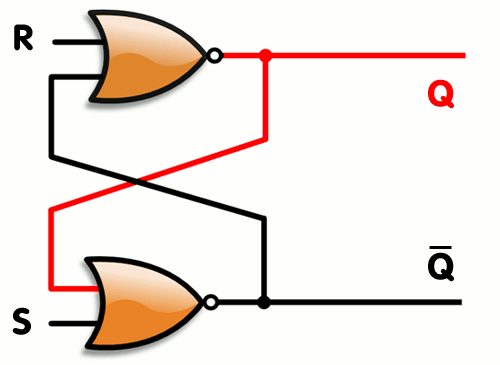Hello Dear Readers,
If you've not read Euclid's
Window, I highly recommend it. It's a look at the history of mathematics
all the way from antiquity up through the 20th-century development
of String Theory.
My favorite part of the book is in
Chapter 32 excerpted here:
----------------
One night, after working on this chapter, the clash between
Einstein and Heisenberg acted itself out in a dream. It all began with Nicolai,
as Einstein, walking in and showing me some theories he had scrawled in crayon
on his pre-K activity book...
Nicolai as Einstein: Dad, I've discovered general
relativity! When matter is around, space is curved, but in empty space the
gravitational field is zero, and space is flat. In fact, in any region that is
small enough, space is approximately flat. (I'm about to say, "What a
beautiful theory, can I hang it on the wall?" when Alexei enters.)
Alexei as Heisenberg: Sorrrrry. The gravitational field,
like any field, is subject to the uncertainty principle.
Nicolai as Einstein: So?
Alexei as Heisenberg: So in empty space, while the
field might be zero on the average, it is really fluctuating in space and time.
And in really tiny regions the fluctuations are humongous.
Nicolai as Einstein (whining): But if the
gravitational field is fluctuating, so is the curvature of space, because my
equations show that the curvature is related to the value of the field...
Alexei as Heisenberg (taunting): Ha-ha! That
means the space in tiny regions cannot be considered flat. ... In fact, when
you look closer than the scale of the Planck length, tiny virtual black holes
form.... It isn't very pretty...
Nicolai as Einstein: I said I want tiny regions of space to
be flat!
Alexei as Heisenberg: But they aren't!
Nicolai as Einstein: They are!
Alexei as Heisenberg: Aren't.
Nicolai as Einstein: Are.
... In the dream this went on until I woke up palpitating.
(I took it as a sign that I was not meant to sleep until I finished the
chapter.)
---------------------
This was the first time I understood
why Quantum Mechanics and General Relativity were incompatible. I wanted to
summarize this for a more general audience, but after some back and forth with
my editor I settled for summarizing Classical Mechanics and Quantum Mechanics
instead, since an article on Relativity had already been written.
I initially began the story of
classical mechanics just so I could refer to it by name when talking about QM. It
ended up being a nice way to talk about the early days of the scientific method
(15th century) in order to contrast it to the way science (if it can
be called that) was practice for roughly 5000 years since the invention of
writing (34th century BC.)
The story of QM as it's usually told
in undergrad textbooks strays from the true chronology in two separate places: when
discussing the phenomenon of blackbody radiation, and the photoelectric effect.
The first thing that textbooks get
wrong while Max Planck was certainly the first person use the notion of
quantization when explaining the frequency distribution observed from the
blackbody radiation, he regarded it as nothing more than a mathematical trick.
Also, he wasn't at all concerned with the UV catastrophe of the Rayleigh–Jeans
law. The problems Planck was actually concerned with had more to do with entropy
and microstates. This doesn't fit very well into the narrative of quantum
mechanics debunking classical mechanics, so I understand the allure of the
traditional chronology of history. For more on this I recommend the following
link:
The second thing textbooks almost
always get wrong is that Einstein wasn't quite justified in positing the existence of
photons (which he called “light quanta”) for explaining the photoelectric effect.
His 1905 paper, "Concerning
an Heuristic Point of View Toward the Emission and Transformation of Light,” actually gave nine reasons for supposing the
existence of photons, only one of which was the photoelectric effect. Certain
semi-classical treatments of wave-nature of light are, in fact, perfectly
suited to describing the phenomenon. His winning of the 1921 Nobel Prize
was in controversial, and his award was specifically worded NOT to rely on any
notion of photons: “for his services to Theoretical Physics, and especially for
his discovery of the law of the photoelectric effect.” (The Nobel Committee was
fairly skeptical of Einstein’s Relativity as well.) Compton
scattering, where light scattered by an electron beam changed in frequency,
was actually the first clear evidence for the correctness of Einstein’s
hypothesis of the existence of photons. For more on this I recommend the
following link:
I really enjoy the challenge of
representing history accurately to as diverse and as wide audience as possible.
I hope my readers enjoy it.










